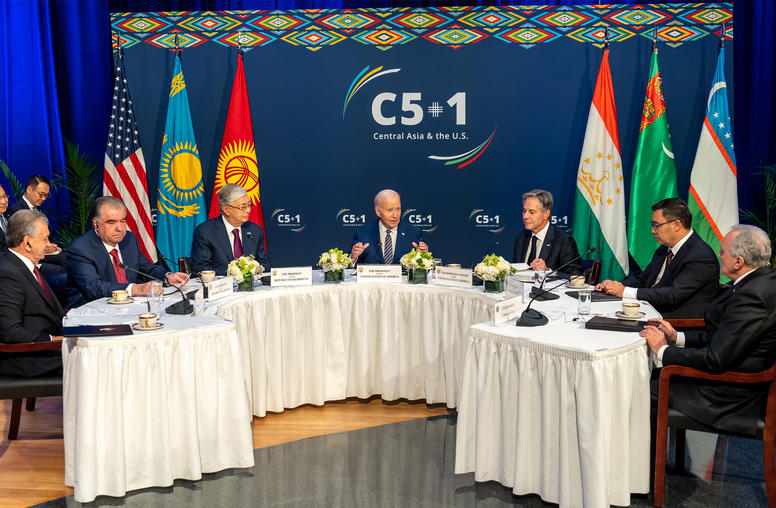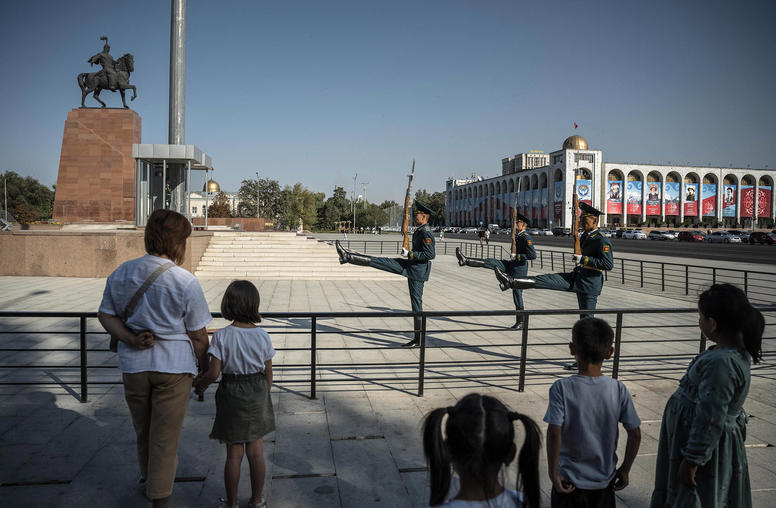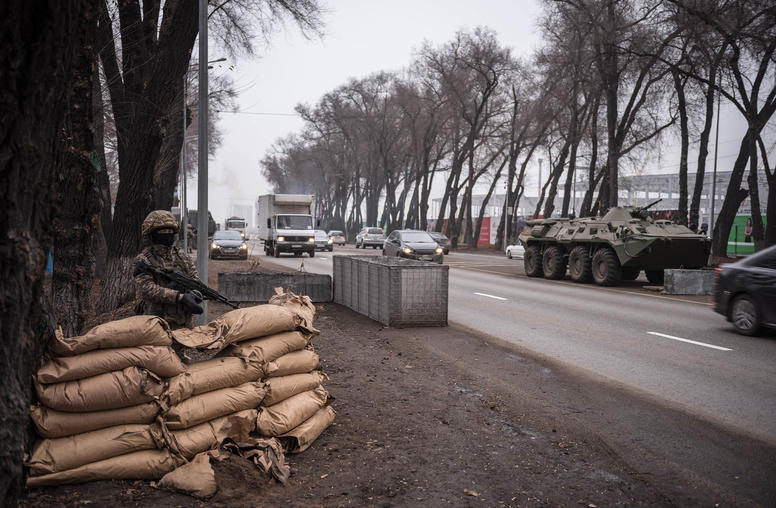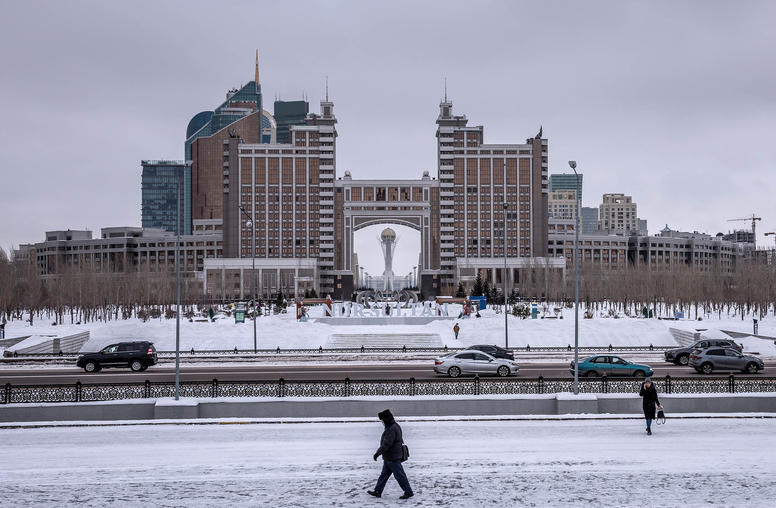From Ukraine to Central Asia: Cascading Risk
On December 16, the U.S. Institute of Peace hosted a discussion on the future of Central Asia as potentially the major geopolitical crossroads of our time.
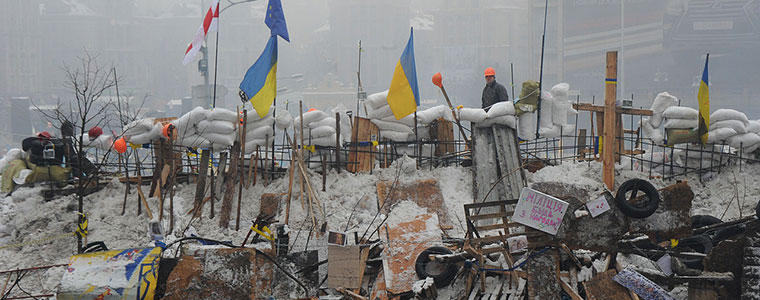
Whether it is the risk of violent extremism, the ongoing politics of energy and infrastructure or Russia’s Eurasian Economic Union, Central Asia sits at the crossroads of the major geopolitical trends of our time. While it is tempting to view this space as a single “region,” each country in Central Asia faces these challenges in its own way, seeking various balances, alliances and strategies and addressing significant internal weaknesses.
On December 16, the U.S. Institute of Peace assembled a panel of experts to explore these issues and discuss what they mean for U.S. national security interests.
Speakers include:
- Kathleen Kuehnast
Director, Center for Gender & Peacebuilding, U.S. Institute of Peace - Dr. Erica Marat
Assistant Professor, College of International Security Affairs, National Defense University - William B. Taylor
Acting President, U.S. Institute of Peace
Former U.S. Ambassador to Ukraine - Jacob Zenn
Analyst of African and Eurasian Affairs, The Jamestown Foundation
